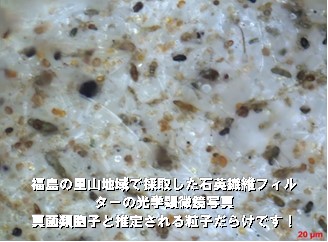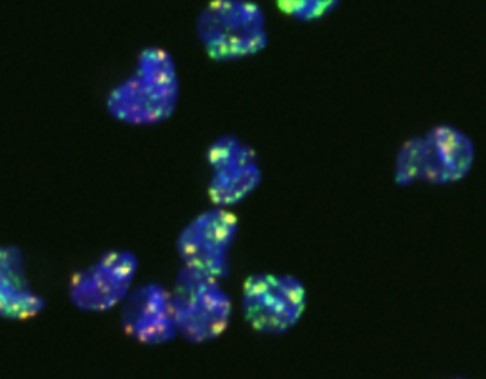Radiation Control
Professors
- FUJIKAWA, Yoko e-mail: fujikawa.yoko.5r<atmark>kyoto-u.ac.jp
Associate Professors
- YASHIMA, Hiroshi e-mail: yashima.hiroshi.7r<atmark>kyoto-u.ac.jp
- KATO, Shinya e-mail: kato.shinya.7w<atmark>kyoto-u.ac.jp
* replace <atmark> with @
Researches on the ‘Radiation Safety Control’ and environmental radioactivity are essential and important for the safety of nuclear industry workers and surrounding public. In this laboratory, following research subjects are carried out with collaboration of multi-disciplinary researchers with backgrounds of environmental science, engineering, biology, and medicine.
- 1)Research on radiation safety in and surrounding the nuclear plant:
- Advanced radiation safety management systems and control procedures are studied using experiences with research reactors, KUR and KUCA.
- 2) Behavior and kinetic of radionuclides originating from nuclear accident and waste in the environment:
- In order to reveal impacts of radionuclides emitted into the environment by the Fukushima Dai-ichi Nuclear Power Plant (F1NPP) accident, researches on physical and chemical nature of radiocesium and its environmental behavior have been carried out. With relation to the decommission the accidental site and disposal of nuclear waste, it is necessary to accumulate fundamental parameters for evaluating the transfer of radionuclides and for assessing the adverse effects on the human health. We are focusing so far on the modeling of transfer of radio-cesium from soil to plant, etc.
- 3) Environmental research using radioactive material as a tracer:
- Radiocesium, which caused environmental pollution by the F1NPP accident, circulates in the ecosystem, causing bioaccumulation in some species. Therefore, by using this as a tracer, we are studying the types, amounts, emission mechanisms, and effects of bioaerosols (fungal spore, bacteria, etc.; Fig. 1) released from forest ecosystems into the atmosphere.
- 4) Health effects and risks of radiation and radioactive materials:
- The health effects of radiation, especially neutron for boron neutron capture therapy (BNCT), were investigated in in-vitro as well as in vivo systems (DNA double-strand breaks generated by neutron irradiation are stained and show foci; Fig. 2) from a view point of radiation safety and protection. In addition, the combined effects of radiation with those of environmental toxicants are also studied.
 |  |




